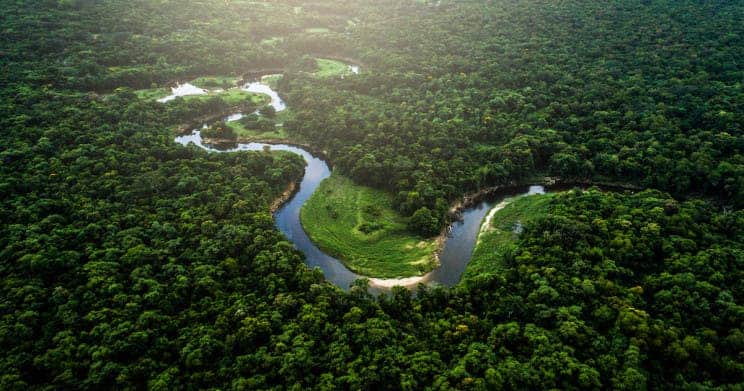The Amazon in South America is one of the most biodiverse areas of the world and one of the few remaining rainforests in the world. It plays a key role in maintaining Earth’s climate because of its capacity to absorb carbon dioxide (CO2), a greenhouse gas causing global warming.

But the Amazon’s capacity to absorb CO2 is now being impaired because of illegal logging, especially in Brazil. A study carried out during the last 10 years (not yet published), shows that 20% of the Amazon is now a net source of CO2 in the atmosphere.
The results mean the Amazon could be on its way to become a carbon source faster than originally estimated. This is bad news for the world’s climate, as countries seek to fulfill the Paris Agreement, with the goal of limiting temperature increase to 2ºC (or ideally 1.5ºC).
Deforestation soared in Brazil in 2019 and the trend seems to continue this year. A total of 280 square kilometers, or 108 square miles, were cleared in January, 108% more than the same month last year and a record for the month, according to Brazil’s space research agency INPE.
Researcher Luciana Gatti from INPE worked with a group of researchers to measure greenhouse gas emission levels in the Amazon basin every two weeks for the past 10 years. To do so, they used an aircraft with sensors that flew over different parts of the rainforest in Brazil.
Forests can shift from being a carbon sink to a carbon source after the death of trees, caused for example by logging. And that’s what happened in a large area of the Amazon. According to the team’s measurements, a part of the rainforest is now a carbon source, while the rest of the rainforest remains capable to absorb CO2.
“Each year is worse,” Gatti told BBC News. “We observed that this area in the south-east is an important source of carbon. And it doesn’t matter whether it is a wet year or a dry year. 2017-18 was a wet year, but it didn’t make any difference.”
The finding by Gatti and her team means the Amazon could soon be reaching a tipping point, after which it will lose the capacity to renew itself and instead emit more carbon than it’s capable of absorbing. Researchers have long warned of this possibility, which now seems more real than ever.
Carlos Nobre, who worked with Gatti on the study, said that half of the rainforest, shared by several countries in South America, could transform into a savanna in the next 30 years. This would mean the release of massive amounts of CO2 and negative effects on the biodiversity of the region.
Last year Brazil declared a state of emergency due to a record number of forest fires in the Amazon. Almost 73,000 fires were detected, which represented the highest number since 2013 and an increase of 83% from 2018. Those fires were directly connected to illegal logging to expand agriculture in Brazil.






